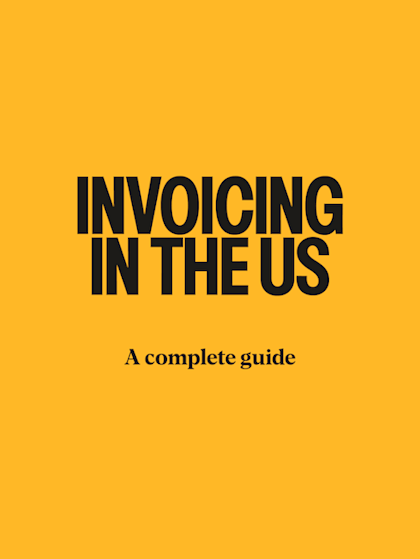
How to get invoices paid on time
Last editedApr 20232 min read
Helpful advice on ensuring that your debtors always pay on time, every time you invoice them.
There are a number of factors you as a business can control to help get your invoices paid on time, including:
Automated payments.
Payment terms.
Prompt payment discount.
1) Automated payments
Automating payment collection is increasingly easy with electronic invoicing, which allows customers to pay immediately using integrated methods.
It’s convenient for business owners who get money on its due date, and for customers who don’t have to waste time processing invoices and arranging payments.
By automating payments, via Direct Debit (also known as ACH Debit or bank debit) for example, companies can predict how much money they will have in the bank in future. This means they can plan ahead and focus on their relationship with the customer rather than pestering them for unpaid bills.
Automating payments with GoCardless
Are you spending too much time chasing your customers to pay? Do your invoices go unpaid past their due date? Find out how you could improve your invoicing processes with GoCardless.
2) Payment terms
Typical payment terms tend to be that customers should pay for goods or services within 30 days of receiving an invoice, but this does vary.
More businesses are shortening payment terms, demanding money be received in as little as seven working days. At the other extreme, some industries ask suppliers to agree to 90 or even 120-day payment terms, which can be damaging to a business’s financial flexibility, credit options and productivity.
It’s advisable to keep your own payment terms tight to keep on top of your accounts receivable.
3) Prompt payment discount
Incentivizing customers to pay early by offering them discounts is commonplace. For example, a business might use a prompt payment discount of 5%, taking that percentage off the total owed for a bill paid within 14 days rather than the standard 30.
Other credit terms might be 1/10, net 30, meaning a customer could deduct 1% of the sum owed if the payment was made within 10 days rather than the full amount being due within 30 days of the invoice being issued.
Pros and cons of offering discounts
While businesses may be sacrificing some of the money they’re owed, payment discounts can stimulate payments and provide working capital.
On the flip side, some customers may try to abuse the goodwill gesture and stretch out payment terms anyway, hoping to pay the discounted rate in the end, which could lead to a dispute.
Agreements like these do need policing, which can take time and effort. Also, companies already operating on low margins may find that they have little give in their pricing to allow for such a strategy.
It is essential to calculate thoroughly to see if offering a discount makes financial sense. Explore, too, whether other options might achieve the desired outcome. If you’re looking for working capital, is there a cheaper solution, such as invoice factoring? Or could switching to an automated, pull-based payment method like Direct Debit achieve the same outcome at a lower cost?
